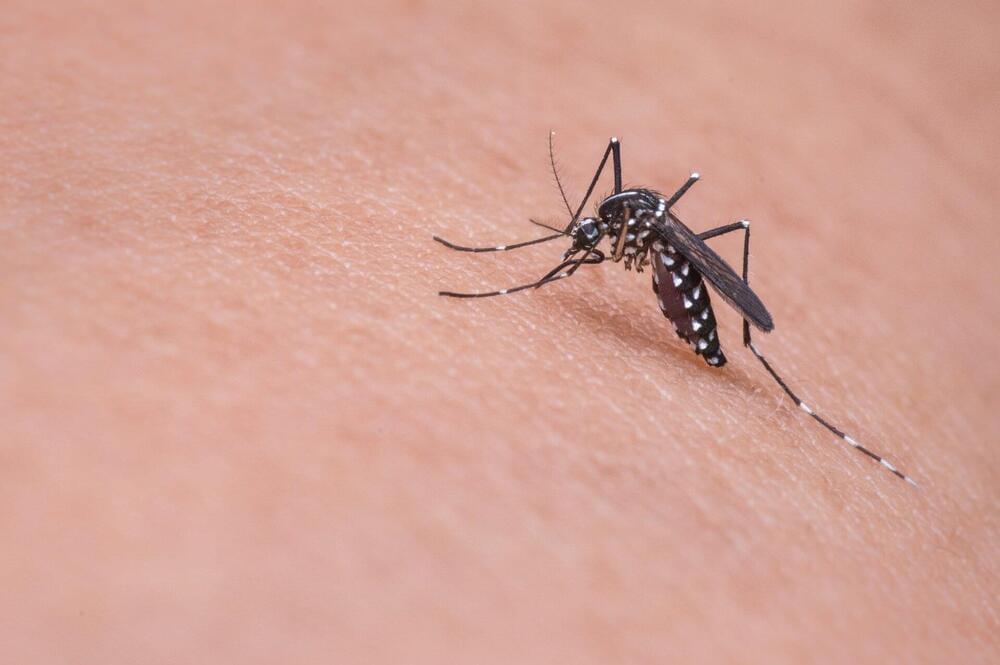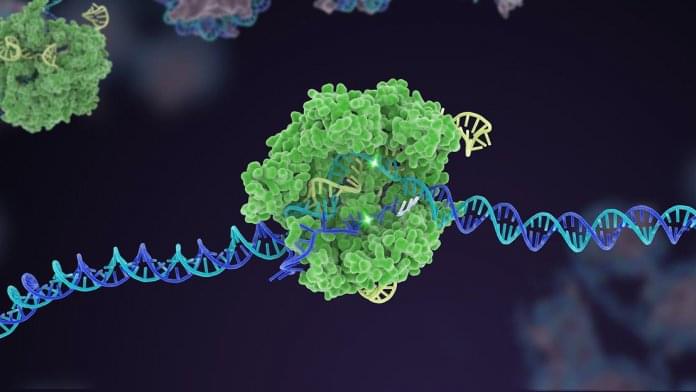Yesterday, the Whitehouse announced that the USA and the EU (European Union) signed an administrative agreement to bring AI experts together to advance AI research as prior outlined in the U.S.-EU Trade and Technology Council (TTC) commitment.
This effort will further drive responsible advancements in AI to advance global complex challenges and develop a joint integrated research approach to achieve benefits in key research domains: extreme weather and climate forecasting, emergency response management, health and medicine, electric grid optimization, and agriculture optimization.
This article focuses on the AI leadership with the USA and the European Union in signing a new administrative agreement to do joint AI research in key global challenge areas like: climate change, healthcare, agriculture, etc.






